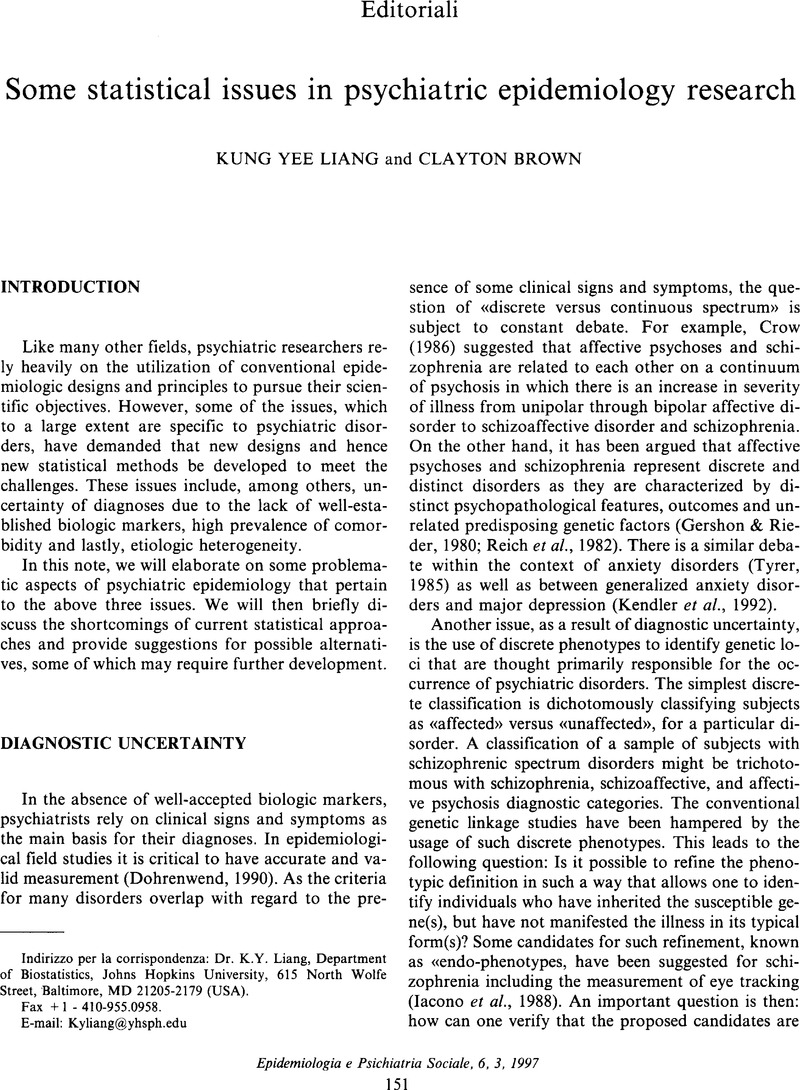Crossref Citations
This article has been cited by the following publications. This list is generated based on data provided by Crossref.
Pickles, Andrew
1998.
Psychiatric epidemiology.
Statistical Methods in Medical Research,
Vol. 7,
Issue. 3,
p.
235.



